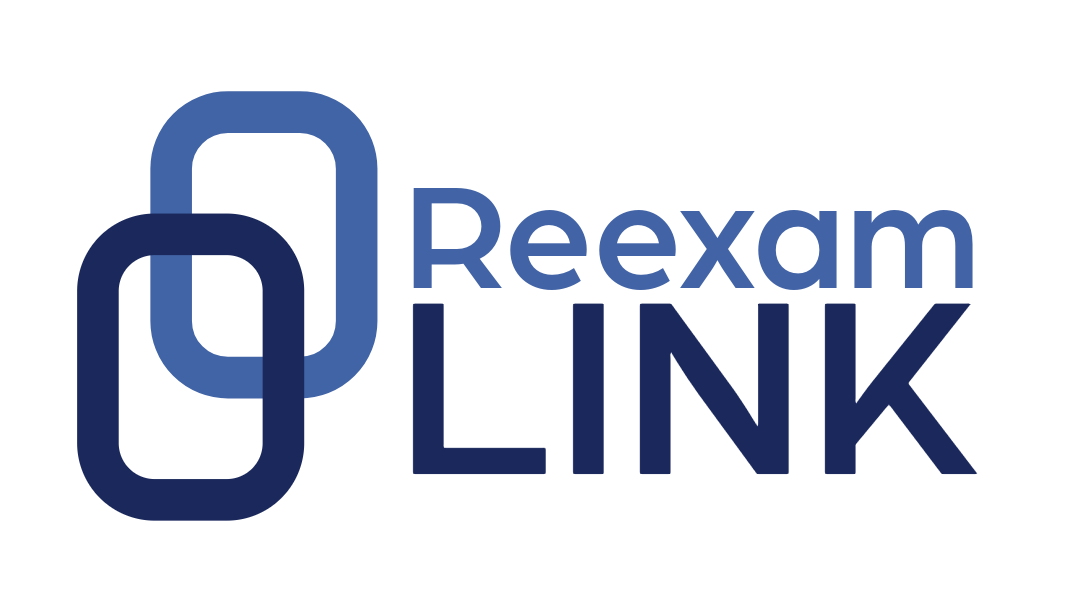Patent Generation and Enforcement Before the Popularity of Post-Grant Proceedings
Patent Owners adopt different approaches for drafting patent applications. For large companies a patent production line approach is frequently adopted which limits the cost and the commensurate drafting efforts on any particular application. There is a reasonable argument to use this “assembly line” approach for very large portfolios. But for smaller companies and/or for extremely strategic portfolios this approach may fail. Why? Because when the effort expended to establish patent rights is limited, the resulting patent applications can be hastily drafted, or just plain incomplete. They can also fail to consider relevant prior art. Such applications can turn into weak patents. And weak patents in litigation or in reexamination may lose the day for the patent owner.
Before reexamination became popular, the only way to account for the invalidity of an asserted patent was to do it by negotiation or by litigation. The frequent pattern was to negotiate and, if the patent owner did not take responsibility for the inadequacies of its patent, then litigation would be the next natural recourse.
However, in litigation the burden of proof is on the defendant to provide evidence of invalidity. Many patents relate to highly technical topics and the challenge of teaching a finder of fact such technical information in the time it takes to try a case often made defendants reconsider their day in court. Adding to that the chance of failure in certain venues (such as the Eastern District of Texas), defendants were discouraged from trying their cases. The end result was that after engaging in the litigation both parties knew that there was still a decent chance that both would be back to negotiations prior to trial.
New Patent Generation Practices Warranted in view of New and More Popular Post-Grant Proceedings
Reexamination and post-grant review change the old dynamic. They provide the defendant more options to challenge the patent that may be used in parallel with the litigation or as an aid to the litigation. Negotiation will still continue to take place, but from a different vantage point using the information from the reexamination/post-grant review. Sure, ex parte reexamination has been around since the 1980’s, but its popularity has risen with the formation of the CRU (2005), KSR v. Teleflex (2007), and judges’ increased willingness to stay an action pending the outcome of a reexamination. The popularity of inter partes reexamination has also greatly increased for many of the same reasons.
With more and more post-grant procedures, now is the time for patent owners to reconsider their patent portfolio generation practices. If you have a bet-the-company technology, you need experienced patent counsel and reasonable drafting budgets. You need to insist on prior art searching. You also need to adopt at least some of the following practices to reduce the chances of narrowed and/or cancelled claims in reexam/review. These practices may also avoid an order for a post-grant procedure in the first instance:
Dependent Claims Are Very Important
Dependent claims provide the ability to claim narrower aspects of an independent claim. When properly used, they provide a gradually varying claim scope to establish a number of progressively narrower claims that will issue in ex parte prosecution. Should prior art be discovered by a challenger to the patent, the dependent claims that survive reexamination (or post-grant review) may provide a basis for “past damages” in a parallel litigation. Of course, this assumes that at least one of the dependent claims is patentable and infringed. Original claims that survive reexamination and/or review (whether independent or dependent) with no substantive amendment keep defendants ready to negotiate a settlement. When certain procedures are used and fail to nix these claims, they may result in estoppel that will bring the defendants to license the asserted patent.
Thorough Examination is Helpful
Remember that the interpretive standard used in reexamination to review the claims is the “broadest reasonable interpretation” standard. The broadest reasonable interpretation must be consistent with the specification. In re Yamamoto, 740 F.2d 1569, 1571 (Fed. Cir. 1984). Claims that are carefully written will serve the patent owner well in ex parte prosecution and in reexamination/post-grant review. When the best references are contemplated and the claims are deemed patentable over them, it becomes more difficult for challengers to succeed at getting a post-grant procedure ordered.
Early Elimination of Claim Defects and Ambiguity in Issued Claims May Avoid an Order for Post-Grant Proceedings
Generally speaking, if fewer errors are incurred in ex parte prosecution, then it will be harder for a challenger to successfully request reexamination (or petition for post-grant review). While this may seem like a lofty goal, a patent drafter must keep in mind that there are scenarios in enforcement where avoiding an order of a post-grant procedure can result in a substantial benefit for the patent owner. Avoiding a post-grant proceeding may be difficult where the prosecution lacked a thorough treatment of the relevant prior art. It can also be difficult to avoid where numerous claim drafting errors are found in a draft. Now with the post-grant review option in the America Invents Act, a post-grant review petition can be based on many more grounds of invalidity than allowed for traditional reexamination, including grounds under 35 U.S.C. 112. Therefore, patent challengers will be focused on more issues than just publication and patent prior art.
Summary
In short, with an increasing popularity and availability of post-grant challenges there is a need for new strategies for patent generation. Patent owners need to rethink their standard approaches for patent preparation and prosecution in order to strategically position their portfolios to avoid post-grant challenges.

Leave a Reply